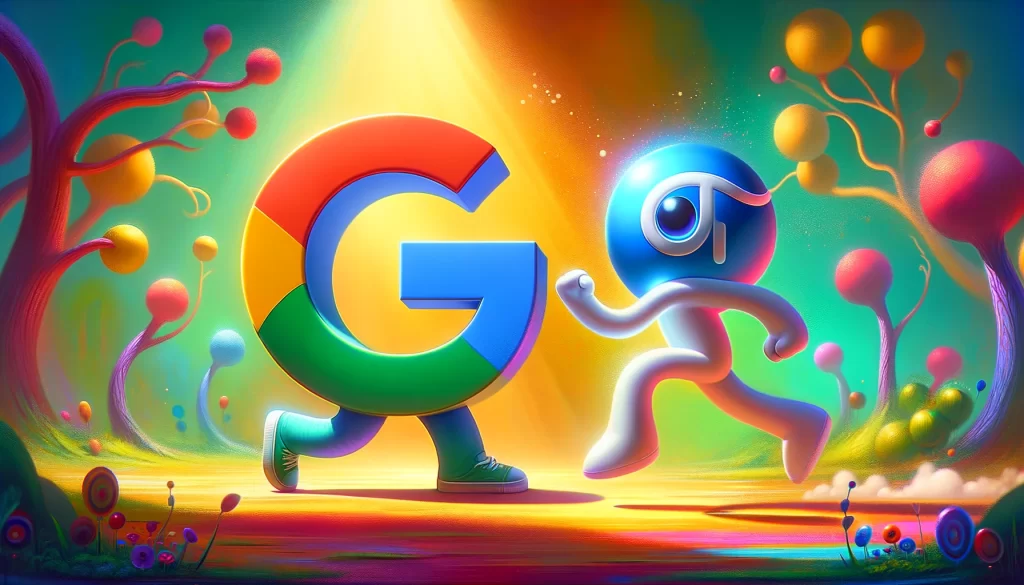In the rapidly evolving landscape of artificial intelligence, two prominent AI models – Google Gemini and ChatGPT – stand out for their distinct capabilities and applications. Google Gemini, known for its integration within the Google ecosystem, excels in real-time learning and multimodal capabilities. This makes it adept at handling tasks that require short, concise, and contextually relevant responses. Its strength lies in its ability to process and analyze information within the vast Google network, making it ideal for information-driven tasks.
On the other hand, ChatGPT, developed by OpenAI, is celebrated for its ability to generate longer, more elaborate text. It excels in creating engaging and creative content, making it a go-to choice for tasks that require a more open-ended and subjective approach. Unlike Gemini, which is deeply integrated into the Google environment, ChatGPT operates as a standalone conversational AI, capable of diverse interactions and creative outputs.
Both AI models offer unique advantages based on their design and intended use cases. Google Gemini is highly efficient within its ecosystem, providing precise and accurate responses quickly. In contrast, ChatGPT’s strength lies in its versatility and the depth of its conversational abilities, enabling it to produce detailed and nuanced content.
The choice between Google Gemini and ChatGPT ultimately depends on the specific requirements of the task at hand. For tasks demanding quick and accurate information retrieval within the Google framework, Gemini stands out. Conversely, for more creative, detailed, and conversational content, ChatGPT is the preferable choice.
The attached infographic provides a visual comparison of these two AI models, highlighting their key characteristics, strengths, and typical use cases. It illustrates the technological themes and elements that define each model, offering a clear understanding of their distinct roles in the AI domain.







